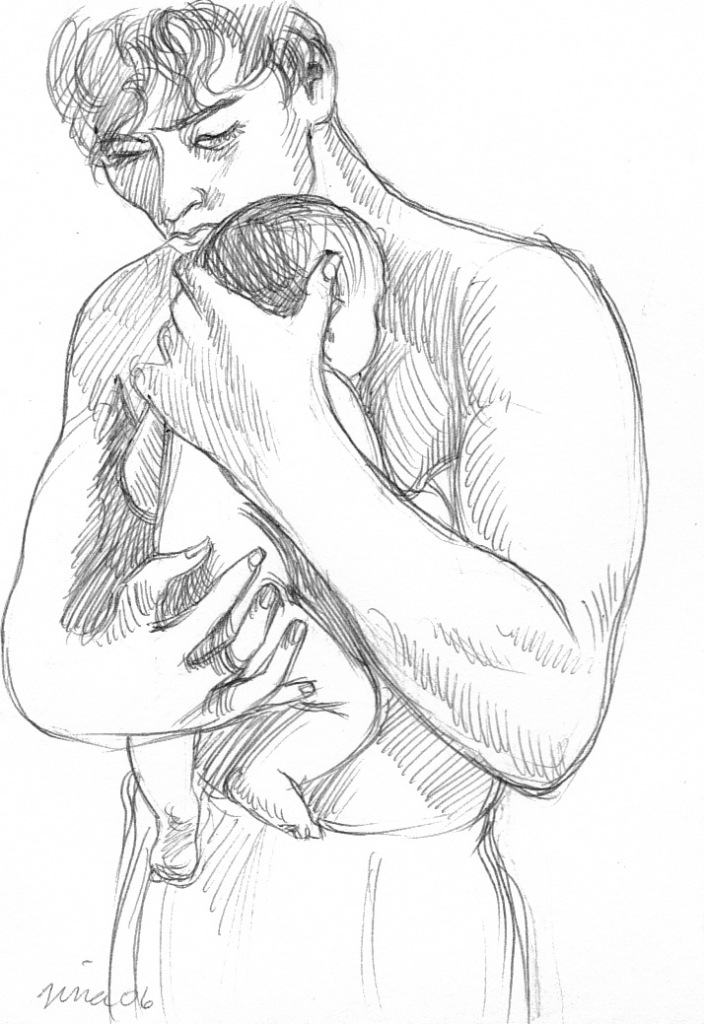Investigating the original literature that informed a recent American Academy of Pediatrics (AAP) recommendation regarding screen time for infants and children opened a Pandora’s box of studies from multiple countries looking at cognitive, motor, executive function, gender, emotional effects, behavioral changes and more. Earlier, before all this research, it was felt that the downside of screen time for young children was that it simply displaced time that the child would be using to engage with the world, exploring and relating. It did not seem that the screen experience itself was harmful but that it took away from activities that would promote normal development.
Not any more. These studies indicate otherwise. Although researchers have not pinpointed the exact mechanisms by which children’s brains are altered, screen time itself, is associated with some worrisome effects. There have been studies in older children that have shown that screens can be helpful tools in education and we certainly see them everywhere in schools now. But even in these school-age children, caution should be taken as we implement this modality so universally, with minimal information on its short and long-term effects.
Focusing on the young child, it seems very clear that exposure to screens can be deleterious to development. Each hour of television viewed by two-year-olds resulted in a 6% unit decrease in fourth grade math performance. Two hours or more of daily screen time resulted in behavioral problems and poorer vocabulary. Between 6 and 18 months, it led to emotional reactivity and aggression. This is just a sampling of the many studies found at the National Institute of Health’s website: ncbi.nim.nih.gov/pmc/articles/PMC103539471.
The AAP recommends zero screen time for babies 18 to 24 months old, with the exception of video chatting. (So important for keeping connection with family who live far away.) Children who had had daily screen time were more likely to struggle with language and problem solving skills. Those with more than four hours of daily exposure were almost five times as likely to have communication delays.
Babies learn language through interactions with adults. The key component of those interactions seems to be reciprocity in the conversation. Hold baby in your lap, facing each other. Making sensitive eye contact, mimic baby’s sounds and facial expressions. Give her time to respond. Often, when we learn that babies enjoy us, need faces and interaction to thrive, we might be tempted to keep a constant monologue going. This can easily overwhelm a baby and result in baby shutting down. Watch her closely for cues of needing a break in this compelling play.
OK, bring on peek-a-boo, pat-a-cake, eensy weensy spider and where is Thumbkin!!




